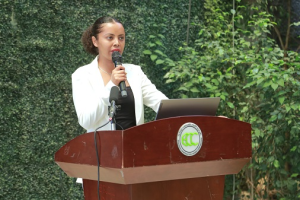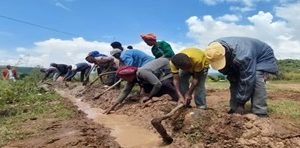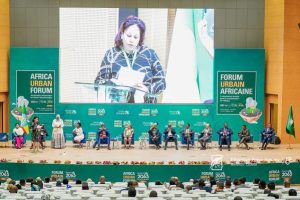“The Italians undertook many other terrorist actions during this period. The “civilizing mission” had reached at its nadir.
The events of 1937 marked a watershed in the Italian occupation. Mussolini finally removed Graziani in November 1938 and replaced him with a cultured and humane man, the Duke of Aosta.
The Duke took no pleasure in violence or repression, but a year of slaughter had had an irreversible effect. From 1937 onward, patriot operations expanded and their ranks increased,” wrote Paul B. Henze, an American broadcaster, writer and CIA operative, while narrating the massacre perpetrated on the defenseless residents of Addis Ababa on 19th February 1937.
In his book titled ‘Layers of Time: A history of Ethiopia,’ Henze wrote that Emperor Haile Selassie had kept informing the developments in the homeland as best he could. Officially, Britain paid little attention to him.
Some officials considered the Ethiopians’ presence an embarrassment. “The patriots operating in the mountains and gorges of the Ethiopian highlands, like the exiled Emperor, had little reason to expect the situation to change for the better soon, but neither the Emperor nor the patriots gave up.” True, the renunciation of those entities did not lead the Emperor and the Ethiopian patriots to accept the aggression and refrain from their struggles. Rather, it made them unite, join hands and fight for their freedom. And; finally, what happened, happened.
Ethiopians ousted the invading forces. And when Ethiopians remember the month February, they also recall the unspeakable brutal massacre carried out against civilians on that month- on 19th of February 1937. As documents indicate, in three days of mayhem, (from February 19 to 21), the Fascist Italian armies killed 30,000 Ethiopians in Addis Ababa alone.
Some were shot or hanged, others burned to death when their huts were set on fire, and some were beaten to death with clubs, shovels or pitchforks. Yet more were drowned, by being dropped down wells or thrown into the river.
Last Saturday, Ethiopians marked the 85th Martyrs Day. The Day was mainly observed at Sidest Kilo Square where the Martyrs Memorial Obelisk was erected (Yekatit 12 Memorial Monument) in memory of the people who were martyred during a three-day massacre.
Speaking on the memorial ceremony, President of Ethiopian Patriots Association, Lij Daniel Jote said that all Ethiopians and residents of Addis Ababa should remember and honor those who sacrificed their lives for the freedom of their country. “We are commemorating this day to keep Ethiopian history alive so that the young generation can draw lessons on how to defend their nation.” However, as to him, if we fail to stand together and protect our country, the incident that took place 85 years ago can repeat itself.
Thus, every one of us should defend his country. “Ethiopia remains independent by the noble sacrifice our forefathers and mothers paid to fend off invaders.” Hence, the present generation must be aware of the history of forefathers to defend Ethiopia’s sovereignty.” Ian Campbell, British Historian Specializing in Ethiopia with a focus on the Italian occupation told The Ethiopian Herald that commemorating the Martyrs Day every year is important to remember the heritage which the city has today.
Many buildings and locations in this city are very historic and related to the occupation and massacre carried out on February 19, 1937. Hence, the heritage is not lost.
Commemorating this day is very important to understand what happened 85 years ago and how many people sacrificed at the horrific event.
The commemoration was held in the presence of high government officials including Buzena Alkedir Addis Ababa City Council Deputy Speaker, Head of the Addis Ababa Culture, Tourism and Arts Bureau, Hirut Kassaw (PhD) religious leaders, representatives of Ethiopian Patriot Association, veterans, public leaders, patriots, residents of the capital and other invited guests.
City Council Speaker Buzena Alqadir along with President of Ethiopian Patriots Association, Lij Daniel Jote Mesfin laid wreath of flower on the Martyrs’ Memorial Monument.
The Fascist soldiers perpetrated the massacre upon the order of their commander, General Rodolfo Graziani in retaliation to an attempted assassination by two young Ethiopian patriots, Moges Asgedom and Abraham Deboch.
And the massacre has been described as the worst massacre in Ethiopian history.
Over the following week, numerous Ethiopians suspected of opposing Italian rule were rounded up and executed, including members of the Black Lions and other members of the aristocracy.
BY ELIZABETH MENGISTU
The Ethiopian Herald 22 February 2022





